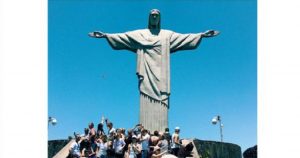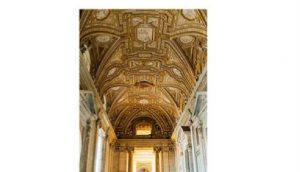KBC 14: On which day was the National Emblem of India adopted?
Options:
A) 15th August 1947
B) 26th January 1959
C) 26th January 1950
D) 15th August 1962
Answer: 26th January 1950
The Indian National Emblem has been adopted from the Lion Capital of Ashoka at Sarnath. It was adopted on January 26, 1950. It consists of four lions, standing back to back, mounted on an abacus with a frieze carrying sculptures in high relief of an elephant, a galloping horse, a bull and a lion separated by intervening wheels over a bell-shaped lotus.
The Lion Capital crowning the Ashok Pillar is carved out of a single block of yellow sand stone and features four Asiatic Lions sitting back to back, but the two dimensional representation of National Emblem depicts only 3, the fourth lion is hidden from view.
It is a representative seal of the Republic of India and the National Emblem is the symbol of authority and is present in all the official communications of the government. The motto of the Indian National Emblem is ‘Satyamev Jayate’ or ‘Truth Alone Triumphs.’
Satyamev Jayate is also the National Motto of India. The words are a quote from Mundaka Upanishad which is one of the four vedas.
The history behind the National Emblem’s inspiration dates back to the 3rd Century BC. The third Mauryan Emperor, Ashoka was a great conqueror and he established the first true empire in India. Emperor Ashoka embraced Buddhism after witnessing the endless bloodshed his quests wrought over the country.
Other questions on the KBC quiz:
KBC 14: On which day was the National Emblem of India adopted?






